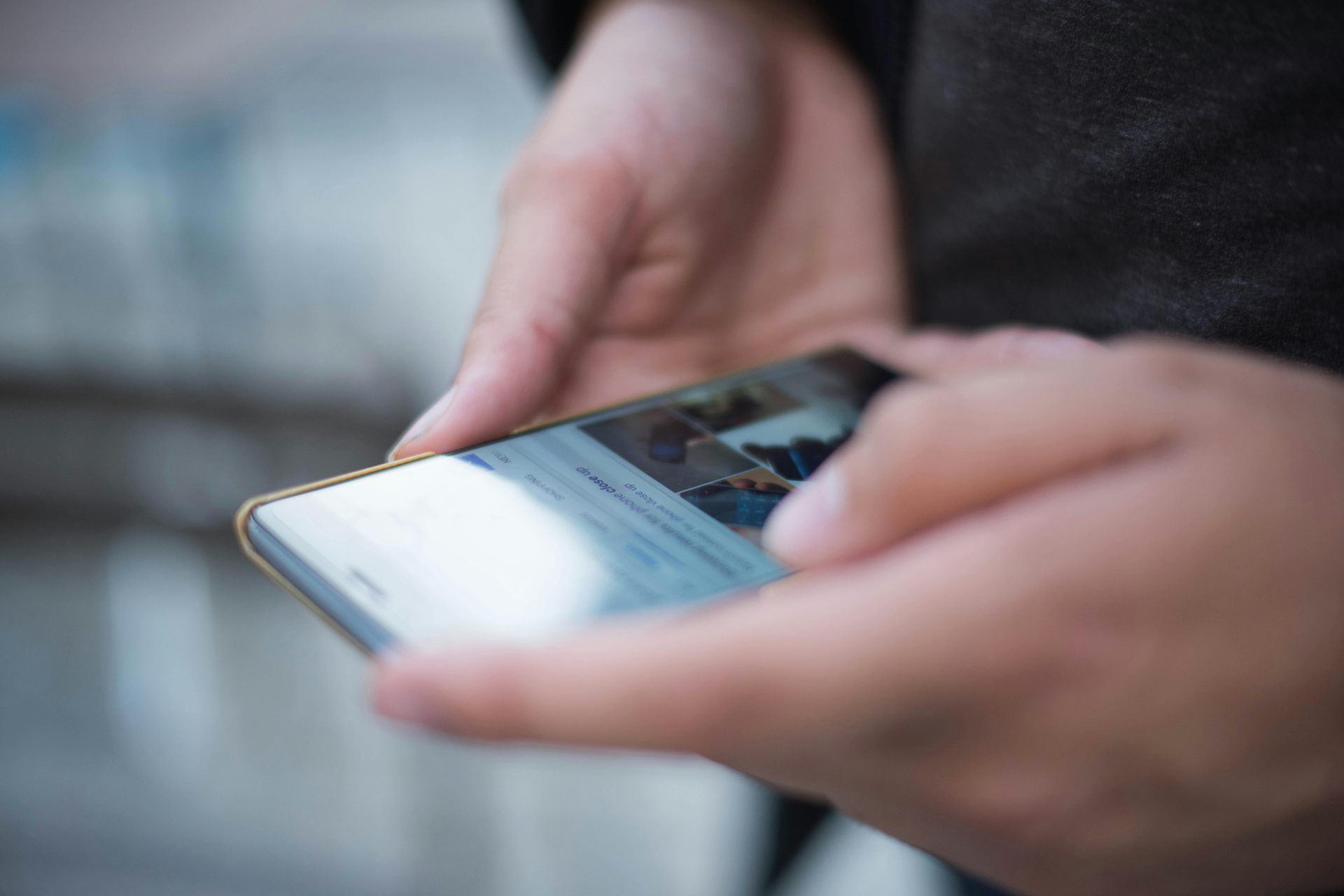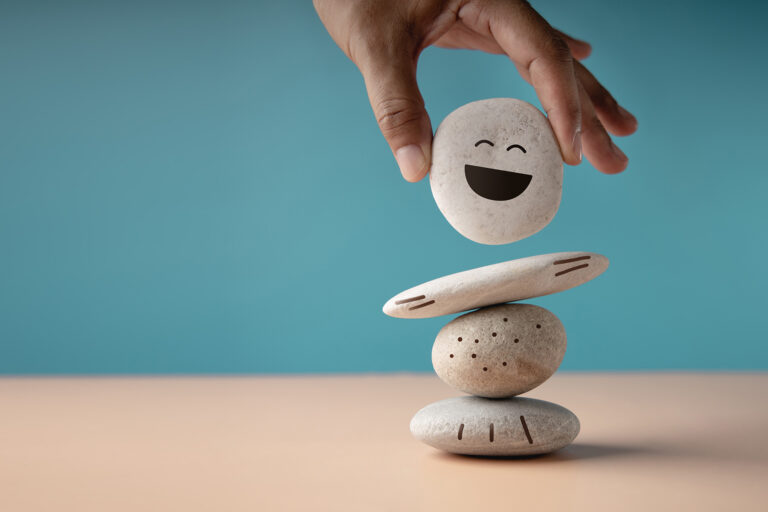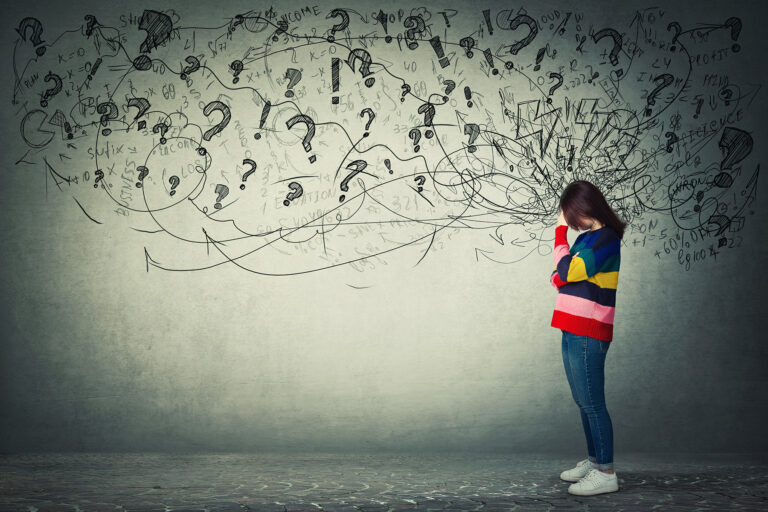In 2007, the first iPhone launched with little fanfare beyond the tech world. Today, the average person taps, types, or swipes their phone more than 2,600 times per day. For many, the smartphone is no longer just a tool, it has become an extension of the self. But what happens when constant connectivity begins to compromise mental health, especially for those in recovery?
At The Bridge, we see firsthand how the omnipresence of phones and digital distractions can interfere with the crucial early days of treatment. Recovery is not just about physical detox, it is a full emotional and mental reset. This is why reassessing digital habits is not only important but urgent.
The Silent Creep of Screen-Induced Stress in Recovery
Digital technology offers many benefits, from communication to access to support resources. Yet for people in vulnerable states such as those just beginning recovery, the constant stimulation can be damaging.
Research published in Nature Human Behaviour links higher screen time with lower psychological well-being, particularly among young adults. Additional studies from The Lancet Psychiatry have shown heavy digital use correlates with poor sleep, anxiety, and depression.
At The Bridge, clients often arrive feeling overwhelmed by more than just substance dependency. Phones can keep them tethered to outside pressures such as well-meaning but distracting messages from family and friends. This connectivity fragments their attention and emotional energy, making it harder to focus on healing.
Recovery Needs Boundaries More Than Just Support
Recovery is not a quick fix. The early days and weeks can bring intense emotions: remorse, guilt, anxiety, and the urge to make things right immediately. Many clients after just a few days without substances feel a strong impulse to apologise to everyone, fix broken relationships, or even escape uncomfortable feelings through distraction. Having a phone nearby often fuels these impulses, making it difficult to stay present.
Moreover, clients, often younger, frequently suffer from fear of missing out as they scroll through social media and see friends partying or living life without them. This can pull them away from the reality of their healing process or painfully remind them of what they are missing, both of which are risky mental states for someone in recovery.

As Dr Anna Lembke explains in Dopamine Nation, the smartphone is a modern-day hypodermic needle delivering digital dopamine twenty four seven. Early recovery requires the brain’s reward system to rebalance naturally, a task made much harder by constant digital stimulation.
Digital Detox Strategies for Rebuilding Mental Clarity
The Bridge does not expect guests to abandon technology forever. Instead, we encourage intentional, mindful use of digital devices. Here are some practical, research-backed strategies that anyone can use to reduce digital overwhelm:
- Create Screen-Free Zones
Setting boundaries like phone-free bedrooms or dining areas can reduce stress and improve connection with others according to studies from the University of Pennsylvania. - Schedule Micro-Breaks
Using timeboxing techniques such as the Pomodoro method can help limit digital engagement and protect focus and energy throughout the day. - Bring Back Offline Rituals
Activities like journalling, reading physical books, or taking walks without phones help reset attention and build healthier dopamine responses.
These strategies echo the boundaries The Bridge sets by holding guests’ phones for at least the first two weeks of treatment providing a safe space to build these habits without distraction.
Why We Hold Mobile Phones During Early Treatment
Our phone-holding policy is grounded in the understanding that early recovery is a fragile, intense phase. Many clients come to us with chaotic digital lives that can disrupt treatment in several ways: ongoing contact with dealers, constant external demands, and social media triggers that provoke anxiety or cravings.
By temporarily removing phones, we create an environment where clients can fully engage with the healing process. It removes the temptation to escape difficult feelings or to respond to outside pressures prematurely. This enforced disconnection helps clients resist impulsive urges to fix or run and instead stay grounded in the present.
Connectivity Isn’t the Enemy but Unconscious Use Is
Technology can be a lifeline when used thoughtfully helping maintain social connections, access resources, or support wellbeing remotely. The problem arises when use becomes unconscious, compulsive, or driven by external validation
The Bridge encourages guests to reclaim control over their digital lives by making use intentional and reflective. Recovery begins with slowing down and sometimes the clearest path forward means unplugging from the noise of constant connection.
Photos by thomas vanhaecht and Los Muertos Crew




